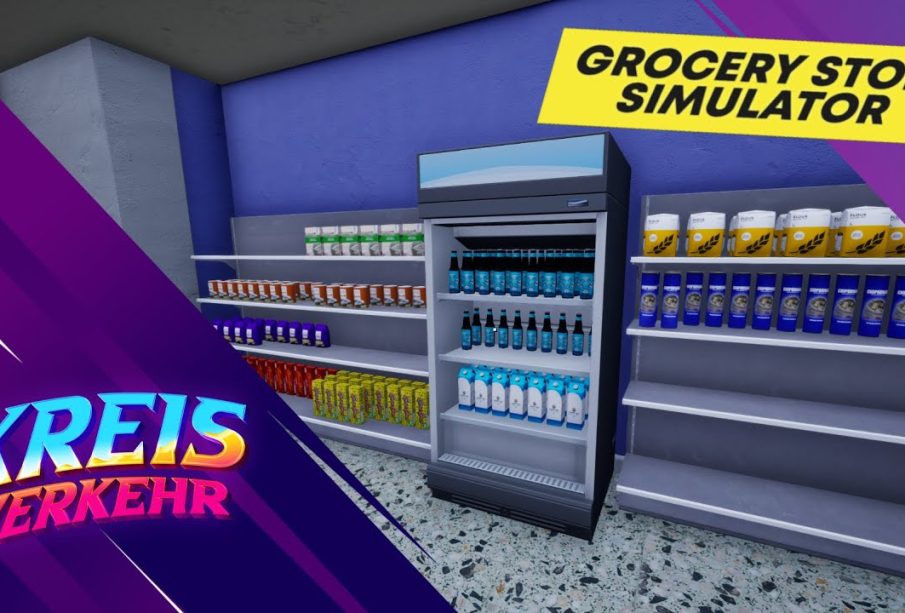Transforming Grocery Store Shopping: Trends and Innovations

Introduction
In recent years, the grocery store landscape has undergone significant changes, influenced by technology, consumer behaviour, and global events. With the COVID-19 pandemic accelerating shifts towards online shopping, grocery stores are now exploring innovative solutions to meet evolving customer needs. Understanding these trends not only highlights their impact on the retail sector but also demonstrates the crucial role grocery stores play in modern life.
Current Trends in Grocery Stores
One of the most notable trends is the rapid adoption of e-commerce. According to a report from the Food Marketing Institute, online grocery sales in the UK surged by over 60% during the pandemic, and many consumers have expressed an intention to continue shopping online post-pandemic. Major grocery chains are now investing heavily in their online platforms, enhancing user experience with improved websites and mobile apps.
Furthermore, grocery stores are focusing on sustainability. A survey by Nielsen found that 73% of global consumers are willing to change their consumption habits to reduce environmental impact. In response, many retailers are adopting eco-friendly practices, such as reducing plastic use, promoting local produce, and implementing energy-efficient technologies.
The Role of Technology
Technological advancements are revolutionising the grocery shopping experience. From self-checkout systems to mobile payment solutions, grocery stores are integrating tech to streamline operations and enhance customer convenience. Blockchain technology is increasingly being explored by retailers to ensure transparency in the supply chain, allowing consumers to track the origin of their food.
Moreover, the rise of artificial intelligence (AI) is enabling grocery stores to personalise marketing efforts and optimize inventory management. AI-driven analytics help retailers better understand consumer preferences, forecast demand, and reduce food waste—an essential consideration given the environmental concerns surrounding food production and disposal.
Conclusion
The grocery store landscape is evolving, with trends towards online shopping and sustainability gaining momentum. As consumers continue to demand more convenience and transparency, grocery retailers must adapt accordingly. The integration of technology not only provides opportunities for improving efficiency but also ensures that grocery stores remain relevant in an increasingly competitive market. Looking ahead, the grocery sector will likely continue to innovate, creating a shopping experience that meets the diverse needs of today’s consumers while addressing pressing environmental concerns.









